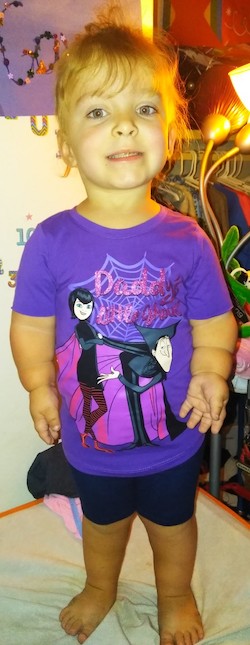
Feb 15, 2019
When the patient was born, she had a small chest, short arms and legs (disproportionate short limbs), and low muscle tone (hypotonia). X-rays showed that she had short ribs, short long bones, and differences in the bones in her back (vertebral and spinal abnormalities) and parts of her long bones (metaphyseal dysplasia). As she has grown, she continues to have short stature. She also has speech delay, gross motor delays, translucent teeth, rhizomelia (shortening of the upper limbs), mesomelia (shortening of the middle parts of the limbs), acromelia (shortening of bones in the hands and feet), and brachydactyly (short fingers and toes).
Researchers believe the patient’s condition may be caused by variants in the TRIP11 gene. Her condition may be a mild form of the condition associated with this gene, achondrogenesis 1A, which is normally a lethal condition in infancy. Research is ongoing to determine more precisely how the variants in TRIP11 may be causing to her symptoms.

Clinicians and researchers are investigating the following genetic changes to see if they are causing the participant’s symptoms:
If this participant sounds like you or someone you know, please contact us!